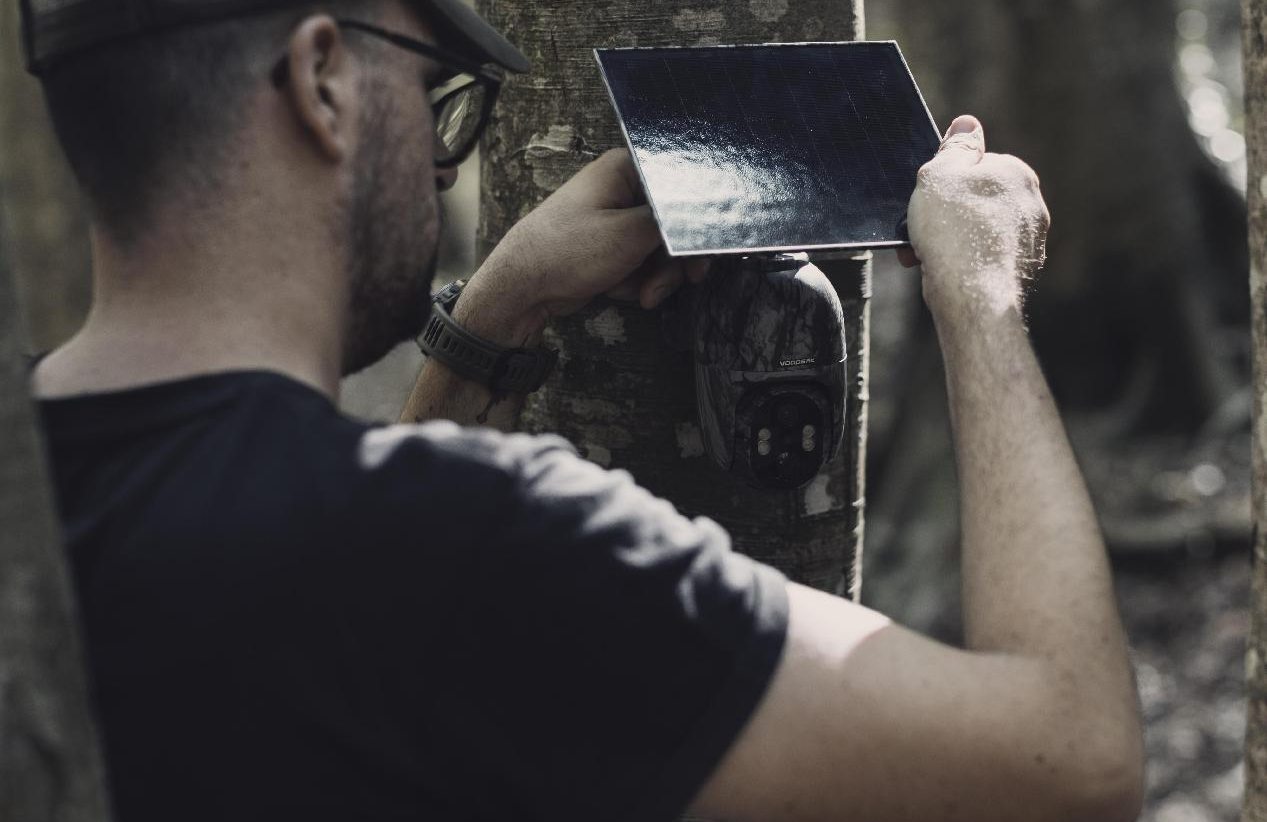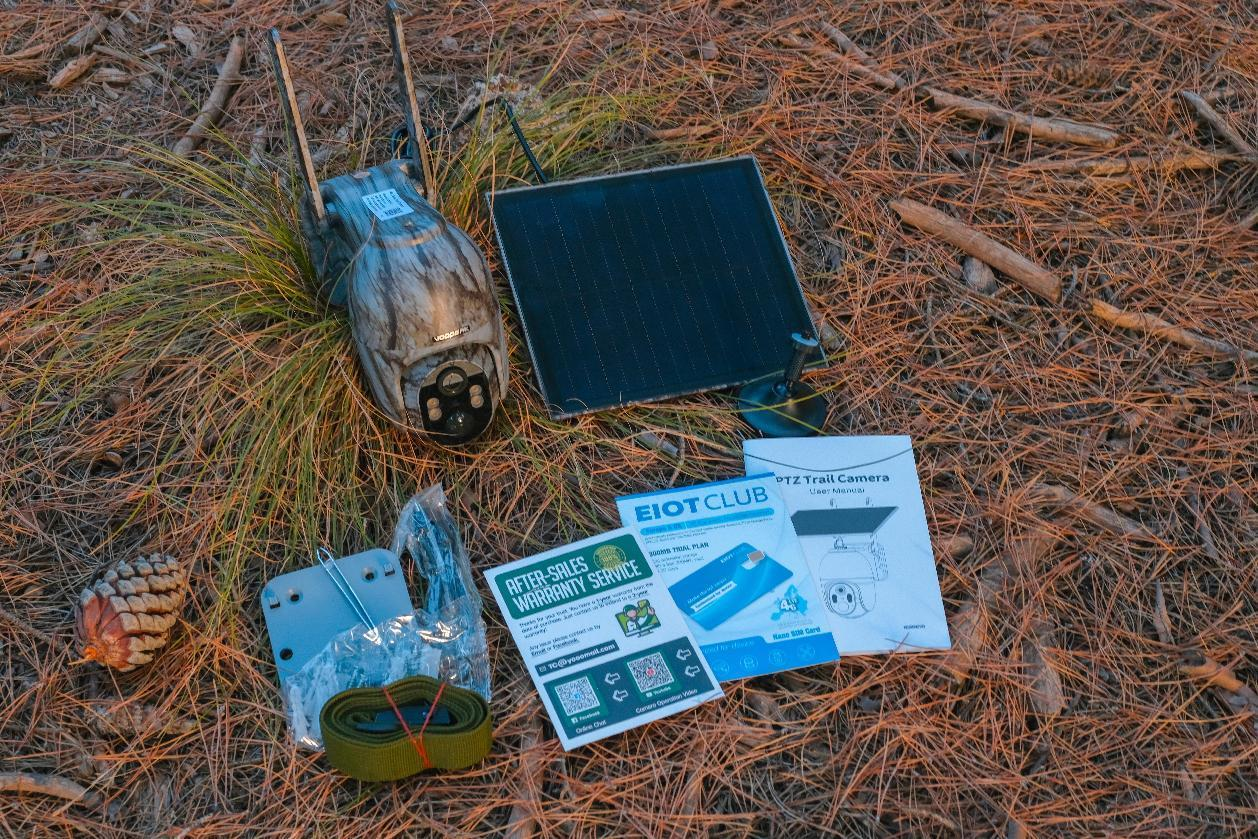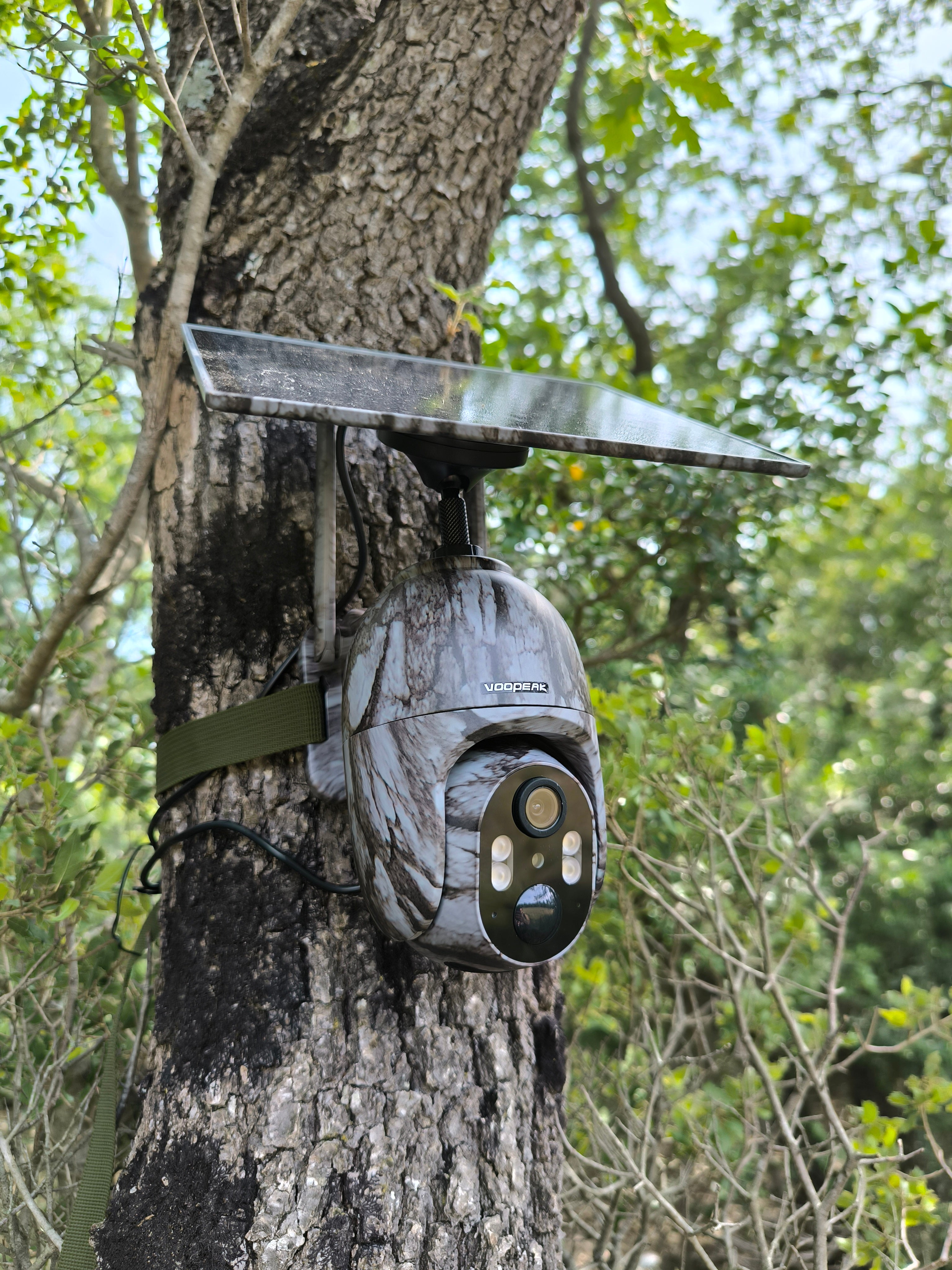Imagine walking through the woods, hearing the rustling of leaves and knowing that just beyond your sight, an entire world of animals is moving and living undisturbed. What if you could witness this hidden world without ever stepping foot in it? Trail cameras have revolutionized the way we observe wildlife, offering a unique opportunity to capture nature's most intimate moments without disrupting the ecosystem. From monitoring elusive creatures to studying behavioral patterns, trail cameras are a bridge between humans and the natural world. In this blog, we’ll dive into the many uses of trail cameras, the technology behind them, and tips for getting the most out of your own trail camera adventures.
How Do The Mechanics of Trail Cameras Work?

At first glance, a trail camera might seem like a simple gadget, but its capabilities are far-reaching. Trail cameras, also known as game cameras, are motion-activated devices equipped with sensors, cameras, and storage systems designed to capture photos or videos when an animal passes by. The key feature of trail cameras is their ability to operate independently, even in low-light conditions, thanks to infrared or low-glow flash systems. These features enable the camera to record nocturnal animals without startling them.
Many modern trail cameras, like the Voopeak TC27 or TC22, come with wireless functionality, allowing users to retrieve images remotely via a connected app. Some even offer time-lapse modes to document long-term changes in a landscape. Whether it's recording a family of deer at dawn or capturing an owl in flight at night, trail cameras allow you to be in two places at once—both at home and in the wilderness.
A Window into Wildlife

The applications of trail cameras extend beyond just capturing exciting snapshots of wildlife. Let’s take a closer look at some of the primary reasons why nature lovers, scientists, and outdoor enthusiasts use trail cameras.
- Wildlife Research and Conservation
One of the most important uses of trail cameras is for wildlife research and conservation. Scientists and conservationists use these tools to monitor endangered species, study habitat use, and track population trends over time. Traditional methods of animal observation can be intrusive, potentially disturbing the animals and skewing research data. However, trail cameras allow researchers to collect accurate, unbiased data without interfering with the subjects.
In remote regions where large predators like wolves, jaguars, and snow leopards are being studied, trail cameras provide valuable insights into the presence and behavior of these elusive animals. By understanding their movements, feeding habits, and interactions with prey, researchers can better formulate strategies for protecting these species and their habitats.
Trail cameras also serve as an important tool in anti-poaching efforts. Placing cameras in strategic locations can help monitor areas where endangered species are at risk of illegal hunting, providing law enforcement with real-time data to prevent poaching activities.
- Capturing Rare and Elusive Animals
For nature enthusiasts, one of the greatest thrills of using a trail camera is capturing images or videos of animals that are rarely seen by human eyes. Whether it's a shy bobcat, a lynx, or an elusive mountain lion, trail cameras give you a chance to witness the lives of animals that are difficult to observe in person. These cameras can be placed in dense forests, remote mountain ranges, or along water sources where animals are likely to gather, increasing your chances of capturing incredible footage.
In fact, many people who set up trail cameras end up recording unexpected visitors, from black bears to rare birds, that they had no idea lived in their region. This element of surprise adds an exciting layer to the experience, making it feel like a treasure hunt in nature.
- Behavioral Studies
Trail cameras offer an unparalleled opportunity to study animal behavior in a way that would otherwise be impossible. By leaving a camera in place for days, weeks, or even months, you can gather a wealth of information about how animals interact with their environment and each other. For example, you might observe the feeding habits of a fox, the territorial markings of a bobcat, or the social dynamics of a herd of deer.
For wildlife researchers, long-term behavioral studies are essential for understanding species ecology and informing conservation efforts. By analyzing the footage captured by trail cameras, they can track patterns of movement, feeding, reproduction, and social interactions. This data helps in crafting effective management and conservation plans that consider the animals' natural behaviors and habitats.
- Hunting and Game Management
For hunters, trail cameras are indispensable tools for scouting game and planning hunting trips. By setting up cameras along known animal paths or near food plots, hunters can monitor the movement of deer, boar, and other game animals. This information allows them to predict the best times and locations for hunting, improving their chances of a successful trip.
Trail cameras also assist in ethical hunting practices. By observing the behavior and health of game animals through the camera footage, hunters can make informed decisions about which animals to harvest, ensuring sustainable population management.
- Nature Photography and Filmmaking
For those interested in nature photography or filmmaking, trail cameras provide a way to capture stunning wildlife shots that would be nearly impossible to get manually. Photographers can set up their cameras in hard-to-reach locations and leave them for extended periods, returning to retrieve the memory cards filled with beautiful, candid moments from the animal kingdom.
Moreover, filmmakers often use trail cameras to capture time-lapse footage or as secondary cameras to film wildlife up close. The ability to set and forget the camera allows for more authentic, raw footage that can elevate a wildlife documentary or photography project.
Tips for Maximizing Your Trail Camera Experiences

Using a trail camera is more than just placing it in the woods and hoping for the best. With some strategic planning, you can significantly increase your chances of capturing quality footage. Here are some tips for getting the most out of your trail camera:
- Choose the Right Location
Placement is everything. To capture wildlife, think about where animals are likely to travel or feed. Look for signs like tracks, droppings, or natural trails. Animals often follow the same paths to water sources or feeding areas, so setting up near these hotspots can yield excellent results.
Additionally, consider the camera's height and angle. Setting the camera about 3-4 feet off the ground and angling it slightly downward can help you capture a full-body shot of animals like deer, foxes, or bears. If you’re targeting smaller animals, you might want to place the camera closer to the ground.
- Use the Right Settings
Most modern trail cameras come with customizable settings for photo resolution, video length, trigger speed, and more. Experiment with these settings based on the type of wildlife you expect to encounter. For high-activity areas, faster trigger speeds and shorter video lengths might be ideal to conserve battery life and storage. In low-traffic areas, you can set the camera to capture longer videos with higher resolution.
Many trail cameras also feature time-lapse modes, which allow you to capture long-term changes in the landscape or wildlife activity over time.
- Keep Your Camera Hidden
While most trail cameras are designed to blend into their surroundings, taking extra precautions to hide your camera can improve your chances of capturing natural wildlife behavior. Use natural elements like leaves, branches, or moss to further camouflage the camera.
In addition, be mindful of scent control. Animals have a strong sense of smell, and the scent of humans near the camera may cause them to avoid the area. Wearing gloves while setting up your camera and using scent-neutralizing sprays can help prevent this issue.
- Check and Maintain Regularly
Lastly, don’t forget to check your trail camera regularly. Ensure the batteries are fully charged and that the memory card has enough space to store new images or videos. Keep an eye out for weather conditions that might affect your camera’s functionality, such as heavy rain or snow, and take precautions to protect it.
Trail cameras offer a fascinating glimpse into the unseen world of wildlife. Whether you're a researcher, hunter, or nature enthusiast, these devices allow you to observe animals in their natural habitat, capturing moments that would otherwise go unnoticed. By carefully choosing the right location, settings, and strategies, you can unlock the secrets of the wild, discovering more about the creatures that inhabit our world.
In the end, trail cameras are more than just tools—they’re a gateway to adventure and discovery. Every time you check your camera, you embark on a new journey into the wild, where the hidden lives of animals unfold in front of your eyes. From playful foxes to majestic deer, trail cameras reveal a side of nature that most people never get to see, making every captured moment a treasure in itself.




Leave a comment
This site is protected by hCaptcha and the hCaptcha Privacy Policy and Terms of Service apply.